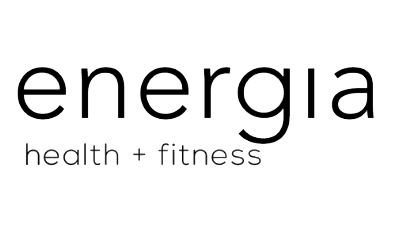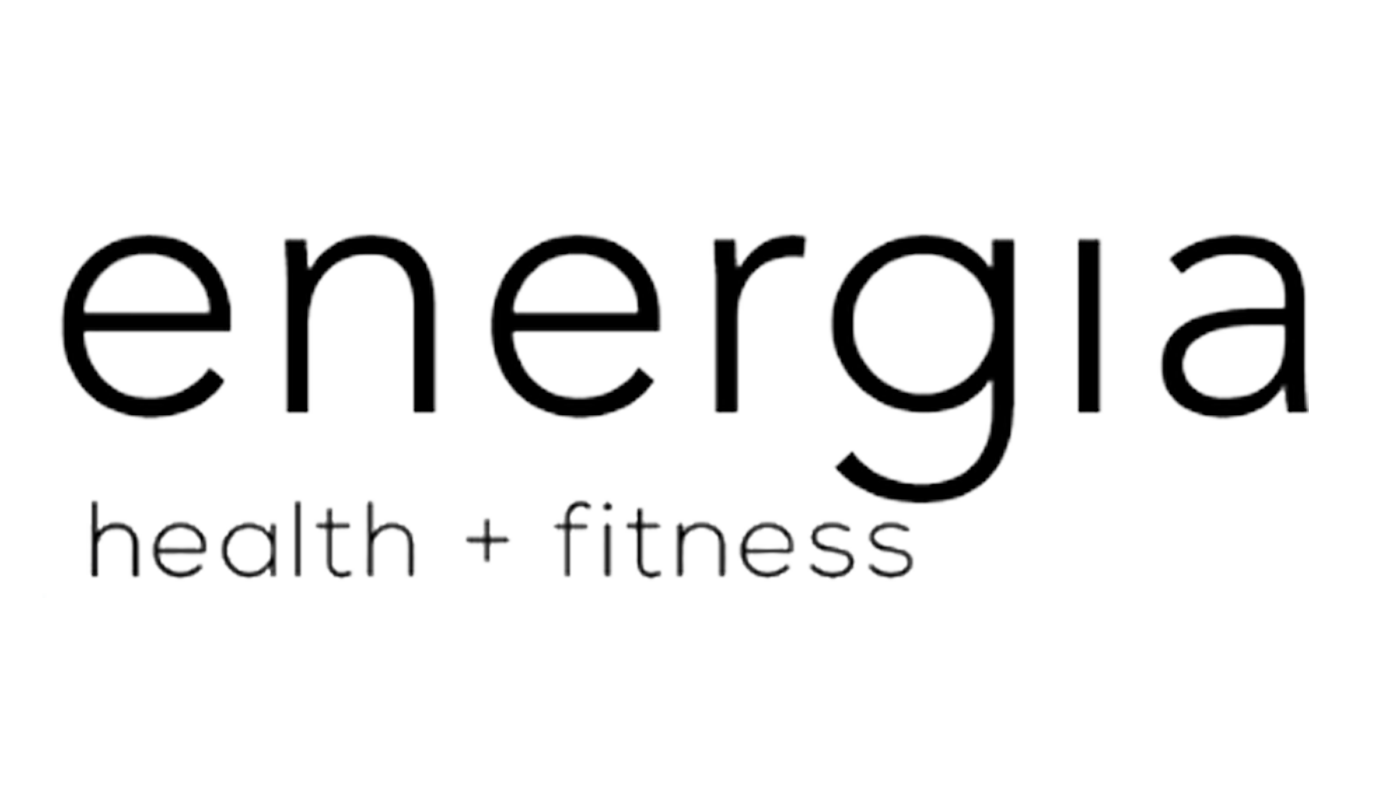Do you feel unsteady on your feet as if you might fall?
Lisa Greco, Strength, Movement + Health Coach
Movement is more than exercise — it’s a way of navigating the environment around you. It’s how you move through life.
I used to wear over-engineered popular branded sneakers to exercise, walk, run and live my life.
Why not? These shoes promised speed, cushioning, protection from thick soles, intricate support systems, and cool styles.
At first, I thought I was doing myself a favor. After all, these shoes were designed with the latest technology to "enhance" performance. Then there was a point when I started to feel unsteady on my feet as if I could fall at any moment. I began experiencing chronic knee and hip pain, and an overall feeling of being uncomfortable in my body. I had lost the spring in my step despite the soft soles on the bottom of my feet. I blamed it on becoming old and creaky and started to give in to the idea that this was the way it was going to be. But that didn’t sound right to me.
Perhaps these highly-engineered shoes were changing the way I move. Instead of allowing my feet to feel and react naturally, the extra cushion and artificial arch support was actually preventing me from moving the way I was born to move.
Wearing over-engineered shoes changes how and when your foot strikes the ground, how your muscles and tendons react and engage, and ultimately how your body creates movement patterns. These shoes were teaching my body to move in ways that weren’t authentic to how it was designed to move. I was developing unnatural movement patterns that lead to imbalances.
My shift to minimal footwear felt like “coming home”. It was different at first but never uncomfortable. Over time my feet grew stronger and more responsive. My toes began to splay and react. I began to feel each step as a connection with the earth. It was both grounding and liberating, allowing my body to work the way it was meant to. And when I occasionally slipped into my other sneakers it was clear how off balance I felt.
Dive a bit deeper if you want to...
Are your shoes squeezing your toes together?
Footwear is often designed with a tapered toe box, sort of pointed in the front. But footwear designed with a wide toe box is distinctly different from a shoe with a wide width. When your toes are confined they do not splay as they are meant to. This inhibits the ability to distribute weight, adapt to uneven surfaces and function as a flexible, dynamic structure. Instead your toes become immobile and less responsive. Additionally, tight footwear can cause bunions, hammer toes, blisters, corns, ingrown toenails and neuropathy.
Since your body moves as a chain reaction from your feet up, bad shoes can lead to an altered gait. This can cause dysfunction throughout this kinetic chain, leading to biomechanic inefficiencies that have a profound affect on your knees, hips, lower back, shoulders and neck.
Are the soles thick and cushiony?
This may sound great, but it’s not. It becomes a barrier between your feet and the ground minimizing the sensitivity on the bottom of your feet. The nerve endings on the soles of your feet help you navigate the surfaces you walk on. This is important for balance, coordination and proprioception.
Another issue is that sneakers with thick soles tend to be higher in the heel than in the forefoot. This creates an artificial tilt that forces your weight forward putting strain on your toes, forefoot and knees. This forward pressure causes your toes to jam into the front of the shoe also leading to foot deformities and poor biomechanics.
Converting to minimal sneakers can take time and you will need to be patient. For some, the improvement in their comfort level and body mechanics is apparent immediately. For others, a slower transition may be needed, you might try wearing them at home or changing into them at the gym.
For those who are dealing with specific knee, back or foot issues this may not be the right time. You can have this conversation with your podiatrist, orthopedist or trainer. However, as a Movement and Strength coach, I have seen clients improve their movement patterns and biomechanics when converting to minimalist footwear.
This may or may not be a game changer for you, but either way, I wouldn’t want you to pass up the opportunity to move better and feel better in your body.
If you would like more information on this topic feel free to contact me.
If you’re ready to give it a try I have an affiliation with Xero Minimalist Footwear. Click this link to shop their website.


